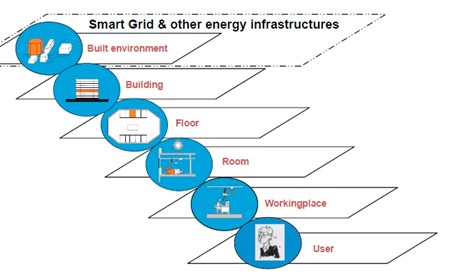Currently there is no overview or insight into how much Energy Flexibility different building types and their usage may be able to offer to future energy systems. The aim of the Annex is thus to increase knowledge on and demonstrate the Energy Flexibility buildings can provide for the energy grids, and to identify critical aspects and possible solutions to manage this Energy Flexibility.
In-depth knowledge of the Energy Flexibility that buildings may provide is important for the design of future Smart Energy systems and buildings. The knowledge is, however, not only important for the utilities it is also necessary for companies when developing business cases for products and services supporting the roll out of Smart Energy networks. Furthermore, it is important information for policy makers and government entities involved in the shaping of future energy systems.
Read more about Annex 67 here.
Are you interested in reading the presentations from the Annex 67 Seminar on 4 April 2019? Find them here.



